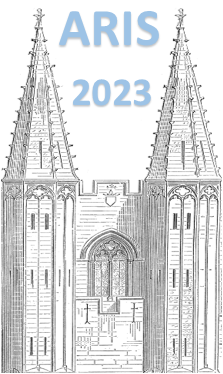Orateur
Description
High precision mass measurement using ion trapping continue to play an important role in shaping our understanding of the nucleus. State-of-the-art spectrometers nowadays are able to reach far from the valley of beta stability, where new phenomena, as e.g. shell quenching, weakening or disappearance of classical and appearance of new magic numbers can be observed and studied via their characteristic signatures in the mass surface.
TRIUMF’s Ion Trap for Atomic and Nuclear science (TITAN) [1] located at the Isotope Separator and Accelerator (ISAC) facility, TRIUMF, Vancouver, Canada is a multiple ion trap system specialized in performing fast high-precision mass measurements and in-trap decay spectroscopy of short-lived radioactive species. Since its installation in 2017, the new Multiple-Reflection Time-Of-Flight Mass Spectrometer (MR-TOF-MS) has been in routine operation [2] and has expanded TITANs reach to even more exotic nuclei.
Mass selection is achieved using dynamic re-trapping of the ions of interest after a time-of-flight analysis in an electrostatic isochronous reflector system [3]. Re-using the injection trap of the device for the selective re-trapping, the TITAN MR-TOF-MS can operate as its own high resolution isobar separator prior to a mass measurements within the same device. This unique combination of operation modes boosts the dynamic range and background handling capabilities of the device, enabling high precision mass measurements with ion of interests to contaminant ratios of 1:10^7.
Among other, we will discuss recent results of mass measurements of neutron-deficient Yb and Tm isotopes investigating the persistence of the N=82 neutron shell closure far from stability, made possible by online mass-selective re-trapping supressing strong isobaric background. On the opposite side of the nuclear chart, we will investigate the evolution of the N=40 island of inversion in the neutron-rich Mn to Fe isotopic chains and give an outlook towards future mass measurements for nuclear structure investigations.
References:
[1] J. Dilling et al., NIM B 204, 2003, 492–496
[2] M. P. Reier et al., NIM A 1018, 2021, 165823
[3] T. Dickel et al. J. Am. Soc. Mass Spectrom. (2017) 28: 1079

